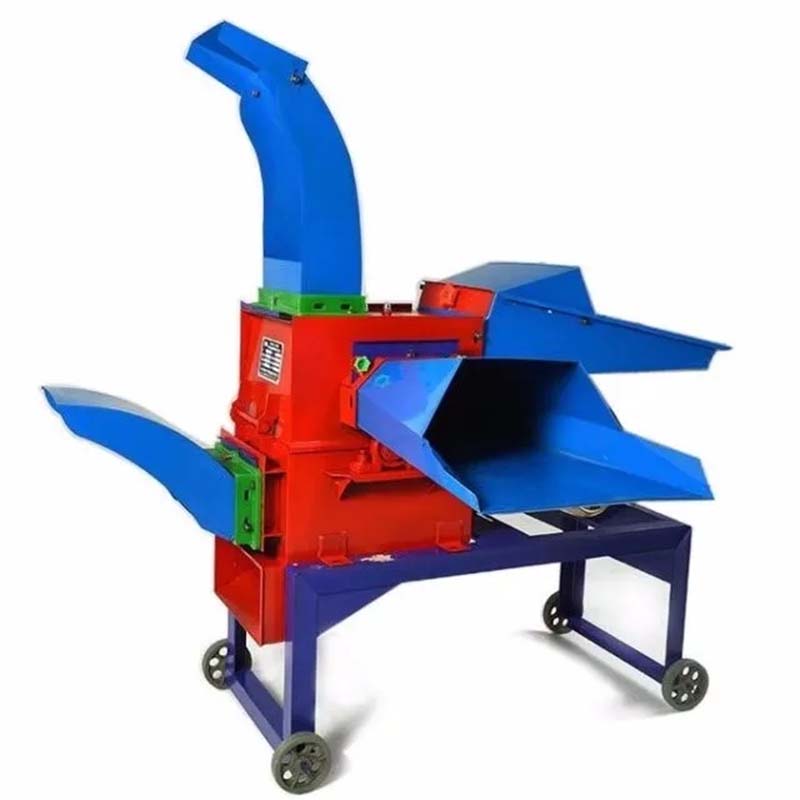Advantages and Uses of Vertical Feed Mixers in Modern Agriculture
Oct . 10, 2024 06:39 Back to list
Advantages and Uses of Vertical Feed Mixers in Modern Agriculture
Vertical Feed Mixers Enhancing Efficiency in Livestock Feeding
In the world of livestock farming, the efficiency and effectiveness of feed management are crucial for optimizing animal health and productivity. One technological advancement that has made a significant impact is the vertical feed mixer. This equipment has gained popularity among farmers for its ability to streamline the feeding process, ensuring that livestock receive a balanced diet while minimizing waste.
Vertical feed mixers operate on the principle of vertical mixing, which involves the use of a vertical auger to blend various feed components. This design allows for a more thorough and uniform mixture compared to traditional horizontal mixers. The vertical orientation enables gravity to assist in the mixing process, resulting in better incorporation of dry and wet ingredients, and ensuring that the feed is homogenous. This is particularly beneficial for livestock that require specific nutrient profiles, such as dairy cows and pigs.
One of the primary advantages of vertical feed mixers is their versatility. They can handle a wide range of feed materials, including grains, silage, and roughages. This flexibility allows farmers to customize rations based on the specific needs of their animals, ensuring that each type of livestock receives the appropriate nutrition. Additionally, these mixers are designed to accommodate various batch sizes, making them suitable for both small and large-scale operations.
vertical feed mixers

Another significant benefit of vertical feed mixers is their efficiency in saving time and labor. Traditional feeding methods often require multiple steps and extended periods of manual mixing. However, with vertical mixers, the entire process can be automated, significantly reducing the time spent preparing feed. This automation not only frees up labor for other essential tasks on the farm but also reduces the likelihood of human error in ration formulation.
Moreover, vertical feed mixers contribute to sustainability in farming practices. By enabling farmers to create customized feed mixes, they can utilize by-products and locally sourced ingredients, reducing dependence on commercially manufactured feeds. This not only cuts costs but also lessens the carbon footprint associated with transporting feed materials.
Furthermore, the improved blending capability of vertical mixers minimizes feed wastage. When feed is inconsistently mixed, animals may selectively eat certain components, leading to significant leftovers and imbalances in their diet. By ensuring a uniform blend, vertical mixers promote better feed consumption, leading to healthier livestock and improved growth rates.
In conclusion, vertical feed mixers are transforming the landscape of livestock feeding. Their efficiency, versatility, and effectiveness in ensuring balanced nutrition are invaluable for modern farming operations. As farmers continue to seek ways to enhance productivity and sustainability, the adoption of vertical feed mixers stands out as a smart investment in the future of animal husbandry. This technology not only supports animal health but also contributes to the overall efficiency of farming operations, making it an essential tool in the quest for sustainable agriculture.
-
Hot Sale 24 & 18 Door Rabbit Cages - Premium Breeding Solutions
NewsJul.25,2025
-
Automatic Feeding Line System Pan Feeder Nipple Drinker - Anping County Yize Metal Products Co., Ltd.
NewsJul.21,2025
-
Automatic Feeding Line System Pan Feeder Nipple Drinker - Anping County Yize Metal Products Co., Ltd.
NewsJul.21,2025
-
Automatic Feeding Line System - Anping Yize | Precision & Nipple
NewsJul.21,2025
-
Automatic Feeding Line System - Anping Yize | Precision & Nipple
NewsJul.21,2025
-
Automatic Feeding Line System-Anping County Yize Metal Products Co., Ltd.|Efficient Feed Distribution&Customized Animal Farming Solutions
NewsJul.21,2025






